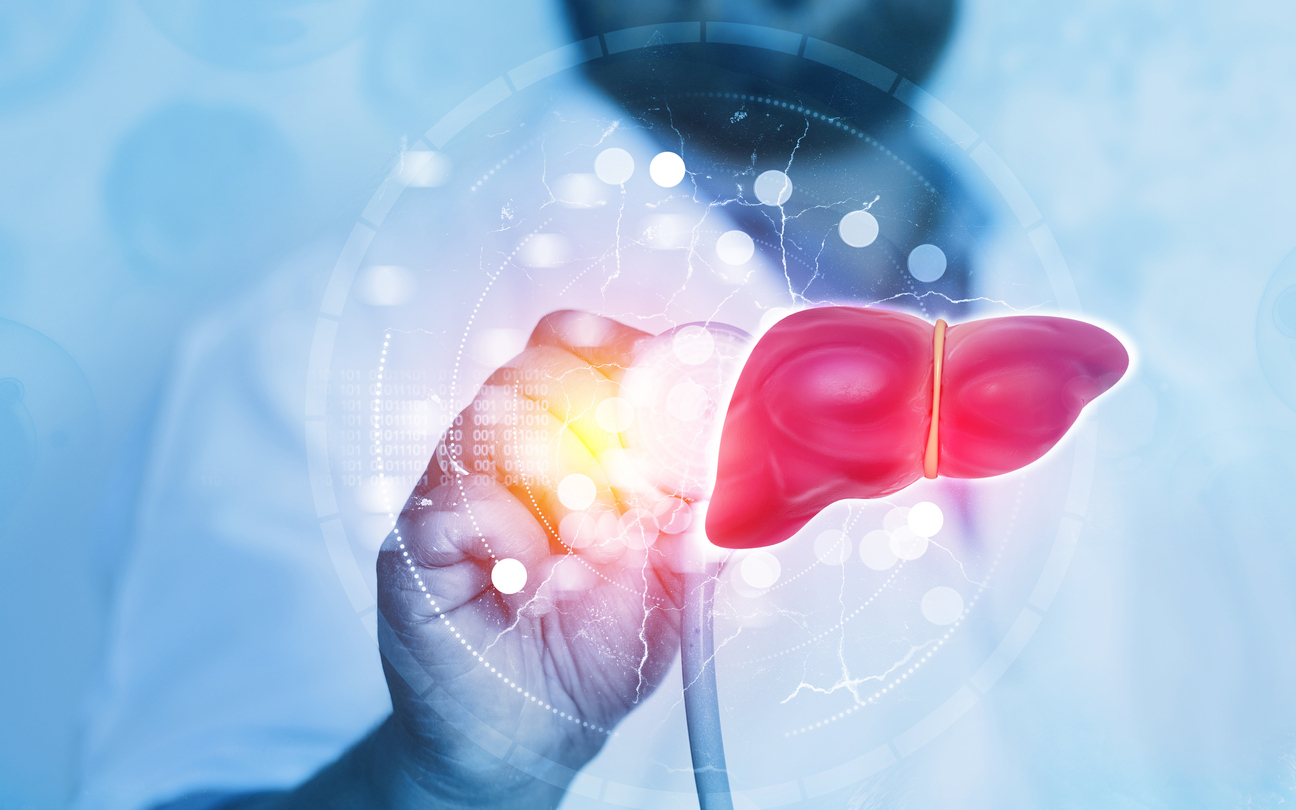Are you at risk of fatty liver disease? What is fibrosis, and how do the two conditions coincide? These questions, though similar sounding, are vastly different diseases in their own right. Many affected by fatty liver disease also experience a high level of scarring in the organ’s tissue known as fibrosis – yet not all with fatty liver will have this complication. In this blog post, we’ll be taking an in-depth look into both conditions to better understand their similarities and differences so that you can make informed decisions about your health care. We’ll cover what fatty liver is, why it happens, who’s most at risk for getting it, and how it may lead to fibrosis over time. We’ll also discuss best practices for treating it today, including lifestyle recommendations and medical treatments available. Keep reading if you’re ready to learn more!
Defining Fibrosis and What Causes It
Fibrosis is a condition characterized by the accumulation of scar tissue in an organ or tissue in response to injury or inflammation, leading to the loss of normal function. One of the most common causes of fibrosis is fatty liver disease, which occurs when excessive fat accumulates in the liver, leading to chronic inflammation and scarring of the organ. While the exact causes of fibrosis are not fully understood, it’s believed that it may be due to a complex interplay of genetic, environmental, and lifestyle factors. Treatment for fibrosis typically involves addressing the underlying causes of the condition, such as by modifying diet and exercise habits, and in some cases, medications may be prescribed to help slow or even reverse the progression of fibrosis.
The Link Between Fatty Liver Disease and Fibrosis
Fatty liver disease and fibrosis are two conditions that have a strong link between them. When a person has fatty liver disease, they have an accumulation of fat in their liver cells. Over time, this fat can cause inflammation, leading to a condition called fibrosis, where scar tissue replaces healthy liver tissue. This can lead to more serious conditions, such as cirrhosis, which can even be life-threatening. However, the good news is that there are treatments available for both fatty liver disease and fibrosis. By managing the underlying causes of fatty liver disease, such as obesity or diabetes, and addressing the inflammation that leads to fibrosis, individuals can prevent this condition from worsening. While this process may take some time, it is worth it to reduce the risk of more serious health complications down the line.
Understanding the Different Types of Fibrosis
Fibrosis can be an intimidating term, especially when it pertains to vital organs like the liver. Fatty liver disease fibrosis is one common type of fibrosis that can lead to serious health problems if left untreated. It occurs when too much fat accumulates in the liver, causing damage and scarring. Understanding the different types of fibrosis is crucial for selecting the right treatment. In the case of fatty liver disease fibrosis, lifestyle changes such as maintaining a healthy weight, reducing alcohol consumption, and exercise have been proven effective in preventing or slowing the progression of fibrosis. By taking the time to learn about and address the underlying causes of fibrosis, individuals can better manage the condition and promote overall wellness.
Symptoms of Fatty Liver Disease
Fatty liver disease is a condition in which excess fat accumulates in the liver cells. Although it is generally harmless, it can progress to fibrosis or even cirrhosis if left untreated. Symptoms of fatty liver disease may include fatigue, nausea, abdominal pain, and yellowing of the skin and eyes. Treatment options for this disease typically involve lifestyle changes, such as losing weight, getting regular exercise, and eating a healthy diet. In addition, medications may be prescribed to address underlying health conditions or to reduce inflammation in the liver. Early detection is crucial, as addressing the condition promptly can prevent serious complications down the line.
Diagnosing and Treating Fatty Liver Disease
Fatty liver disease is a condition that occurs when excess fat builds up in the liver, impairing its ability to function properly. If left untreated, fatty liver disease can lead to more serious complications, such as cirrhosis or liver failure. One of the biggest concerns associated with fatty liver disease is the development of fibrosis, which is scarring of the liver tissue. Fortunately, there are treatments available that can help manage this condition and reduce the risk of complications. A combination of lifestyle changes, such as a healthy diet and regular exercise, as well as medication, can help manage the symptoms of fatty liver disease and prevent fibrosis from developing. It’s important to work closely with a healthcare provider to develop an effective treatment plan that’s tailored to your specific needs.
How to Prevent Progression of Fibrosis and its Effects on Health
Non-alcoholic fatty liver disease (NAFLD) is a growing concern in the healthcare industry today. The disease is a result of the accumulation of fat in the liver, which affects millions of people worldwide. One of the most serious complications of NAFLD is fibrosis. When fibrosis occurs, the liver becomes scarred, compromising its function and leading to long-term health consequences. However, the good news is that with early diagnosis, management, and treatment, the progression of fibrosis can be prevented, and the negative impacts on health can be avoided. Maintaining a healthy lifestyle, managing underlying health conditions like diabetes, hypertension, and obesity, and seeking medical care and treatment when necessary are some of the effective ways to combat the effects of fatty liver disease and fibrosis. With the right approach, there’s hope for those struggling with this condition.



 Close
Close